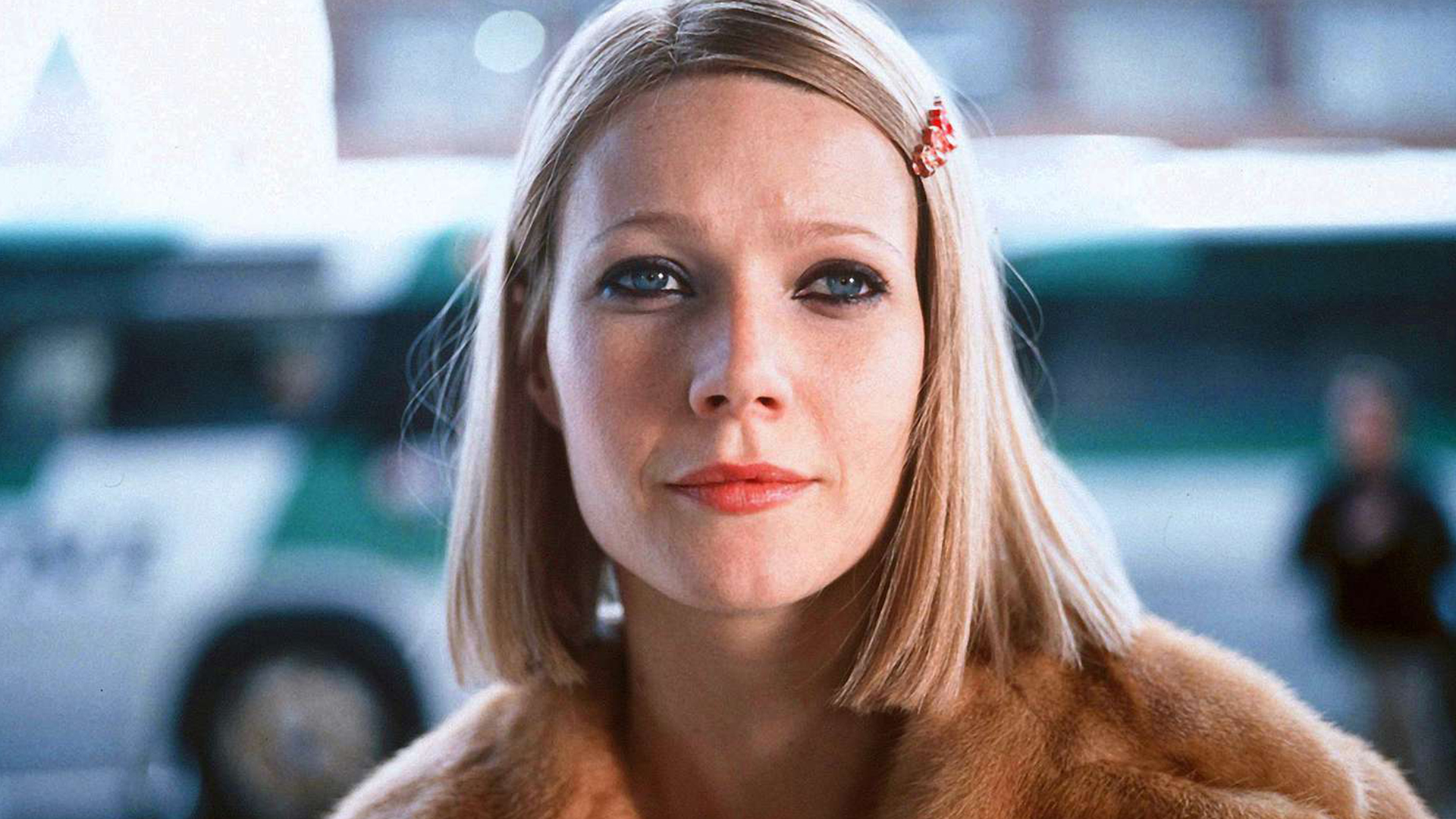Director: Louis Henderson
France; 2016, 28’; color;English; Turkish subtitles
The Sea is History, made in the Dominican Republic and Haiti, is a free adaptation of the poem by Derek Walcott. The film is a materialist and animist critique of the monumentalization of European colonial history, reading the past instead as something intimately entangled within the present — as a living and mutational thing made up of the living and the dead. It is in this sense that the film suggests a way beyond the boundary event that could be called the Plantationocene (brought on with the onset of modernity and the system of globalized capitalism that started with the colonization of the Americas in 1492, with Columbus arriving in Ayiti; latter day Dominican Republic) — and towards a possible "Chthulucenic" future of créolised assemblages as a politics of re-narrativising death within life. Made in Santo Domingo - the first capital of the New World, and on Lago Enriquillo - a hyper-salinated lake, once part of the Caribbean Sea, that is flooding the border with Haiti due to the drastic rise in sea temperatures that are currently deeply affecting the global ocean.
Trailer

The New Year is more than just a date change on the calendar. It often marks a turning point where the weight of past experiences is felt or the uncertainty of the future is faced. This season, Pera Film highlights films that delve into themes of hope, regret, nostalgia, and new beginnings.
Tuesday - Saturday 10:00 - 19:00
Friday 10:00 - 22:00
Sunday 12:00 - 18:00
The museum is closed on Mondays.
On Wednesdays, the students can
visit the museum free of admission.
Full ticket: 300 TL
Discounted: 150 TL
Groups: 200 TL (minimum 10 people)